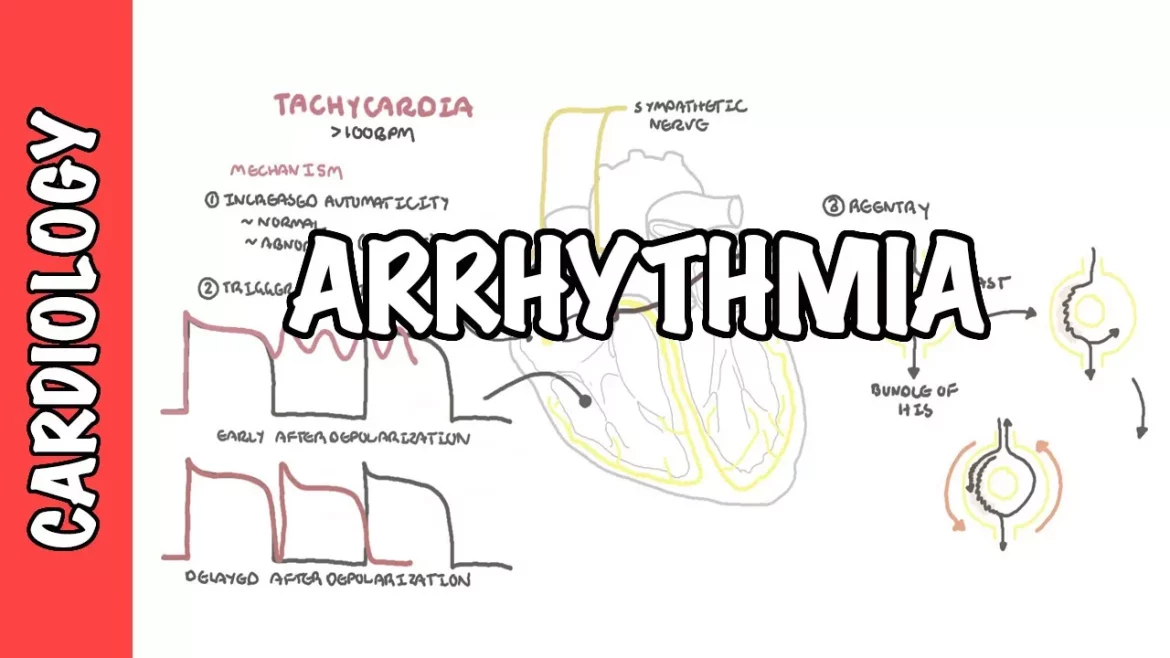Electrocardiography (ECG) is a fundamental tool used in clinical settings to assess the electrical activity of the heart. Among the myriad of patterns and rhythms that can be observed on an ECG, sinus rhythm holds paramount importance. It serves as a baseline rhythm against which other cardiac rhythms are compared, making it essential for clinicians to have a deep understanding of its characteristics, interpretation, and clinical significance.
What is Sinus Rhythm?
Sinus rhythm refers to the normal cardiac rhythm originating from the sinoatrial (SA) node, the heart’s natural pacemaker. Under normal circumstances, the SA node initiates each heartbeat, generating electrical impulses that spread through the atria, causing them to contract and pump blood into the ventricles. After a brief delay at the atrioventricular (AV) node, the impulses travel down the bundle of His and its branches, stimulating the ventricles to contract, facilitating efficient blood circulation throughout the body.
Characteristics of Sinus Rhythm on ECG
On an ECG tracing, sinus rhythm exhibits distinctive features that allow for its identification:
P-wave: The P-wave represents atrial depolarization, initiated by the SA node. In sinus rhythm, P-waves are typically upright in leads I, II, and aVF and inverted in lead aVR. They should be uniform in morphology and duration, indicating a synchronized atrial activation.
PR Interval: The PR interval signifies the time taken for the electrical impulse to travel from the SA node through the AV node and into the ventricles. In sinus rhythm, the PR interval typically falls within the normal range of 0.12 to 0.20 seconds (3 to 5 small squares on ECG paper).
QRS Complex: The QRS complex represents ventricular depolarization. In sinus rhythm, QRS complexes are typically narrow (less than 0.12 seconds or 3 small squares), indicating normal conduction through the bundle of His and its branches.
Heart Rate: The heart rate in sinus rhythm is usually between 60 and 100 beats per minute, reflecting the normal functioning of the SA node as the primary pacemaker of the heart.
Interpreting Sinus Rhythm
Interpreting sinus rhythm involves not only identifying its characteristic features but also assessing its clinical implications. Here are some key points to consider:
Normal Variant or Pathological Condition: While sinus rhythm is considered the normal cardiac rhythm, its presence on an ECG does not guarantee absence of underlying cardiac pathology. Various conditions such as myocardial ischemia, electrolyte disturbances, and autonomic dysfunction can affect the characteristics of sinus rhythm.
Heart Rate Variability: Sinus rhythm allows for physiological heart rate variability, which is the variation in the time interval between consecutive heartbeats. This variability is influenced by factors such as respiration, autonomic nervous system activity, and circadian rhythms. Reduced heart rate variability may indicate autonomic dysfunction and increased cardiovascular risk.
Atrial and AV Node Abnormalities: Changes in P-wave morphology or PR interval duration may suggest underlying atrial or AV node abnormalities. For instance, a prolonged PR interval may indicate first-degree heart block, while a sudden drop in P-wave amplitude may indicate atrial pathology.
Clinical Correlation: Interpreting sinus rhythm should always be done in conjunction with clinical context, including the patient’s symptoms, medical history, and other diagnostic findings. For example, sinus tachycardia may be a normal response to exercise or stress but can also be indicative of underlying pathology such as fever, dehydration, or hyperthyroidism.
Clinical Significance of Sinus Rhythm
Sinus rhythm serves as a crucial indicator of cardiac health and function. Its presence or absence, as well as any deviations from the norm, can provide valuable diagnostic and prognostic information in various clinical scenarios:
Assessment of Arrhythmias: Sinus rhythm serves as a reference point for diagnosing and classifying cardiac arrhythmias. Arrhythmias such as atrial fibrillation, atrial flutter, and ventricular tachycardia are characterized by abnormal electrical activity that deviates from the sinus rhythm pattern.
Monitoring Cardiac Function: Continuous monitoring of sinus rhythm is essential in critically ill patients, especially those with acute coronary syndromes, heart failure, or undergoing cardiac surgery. Changes in sinus rhythm can signify deterioration of cardiac function and guide appropriate interventions.
Risk Stratification: The presence of sinus rhythm, particularly with normal heart rate and variability, is associated with better cardiovascular outcomes and lower mortality rates. Conversely, persistent deviations from sinus rhythm, such as atrial fibrillation or ventricular ectopy, may increase the risk of adverse cardiovascular events.
Response to Treatment:
Monitoring changes in sinus rhythm over time can help assess the efficacy of pharmacological interventions, electrical cardioversion, or ablation procedures aimed at restoring or maintaining normal cardiac rhythm.
Conclusion
Sinus rhythm on ECG serves as the cornerstone for assessing cardiac electrical activity and function. Its characteristic features, including uniform P-waves, normal PR interval, narrow QRS complexes, and physiological heart rate variability, provide valuable insights into cardiac health and rhythm integrity. Understanding the interpretation and clinical significance of sinus rhythm is essential for clinicians across various medical specialties, enabling accurate diagnosis, risk stratification, and appropriate management of cardiac disorders.


